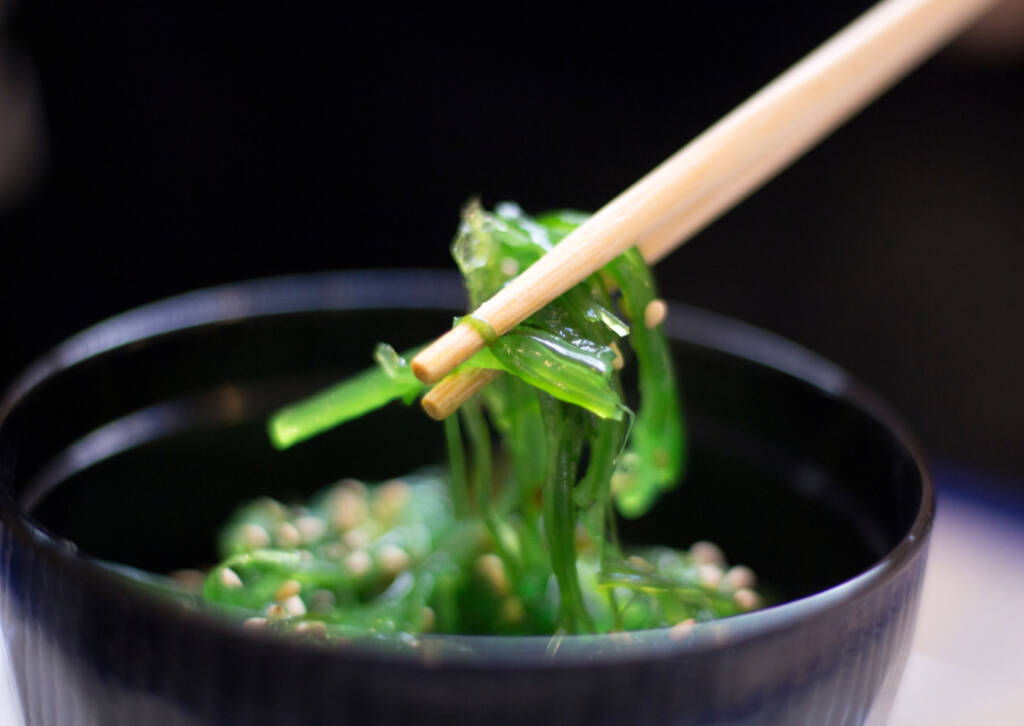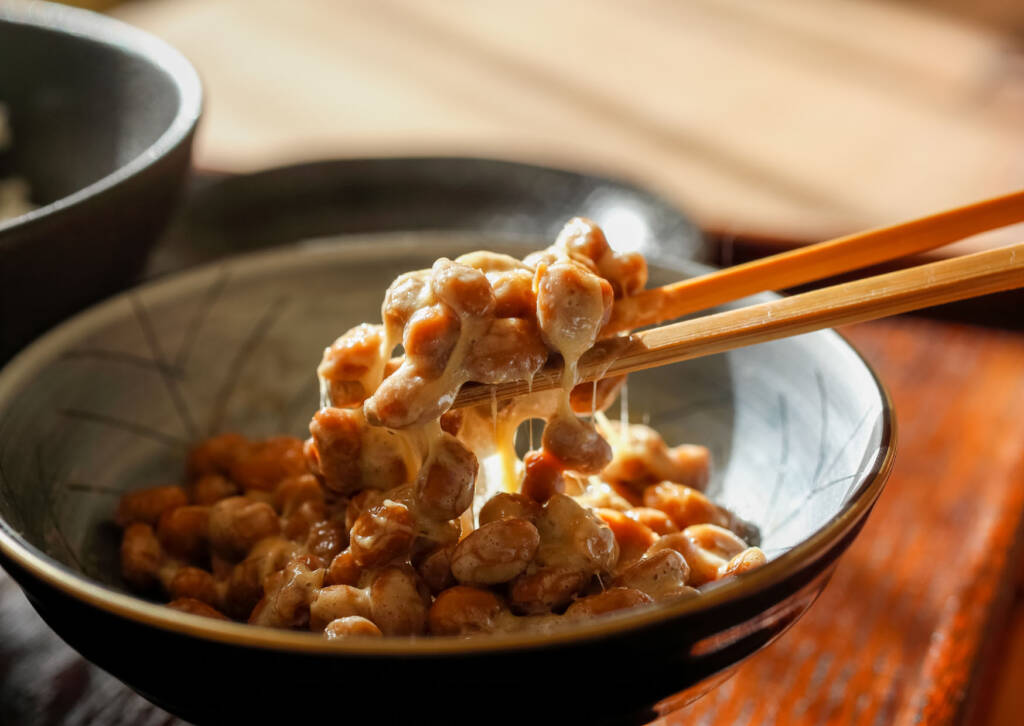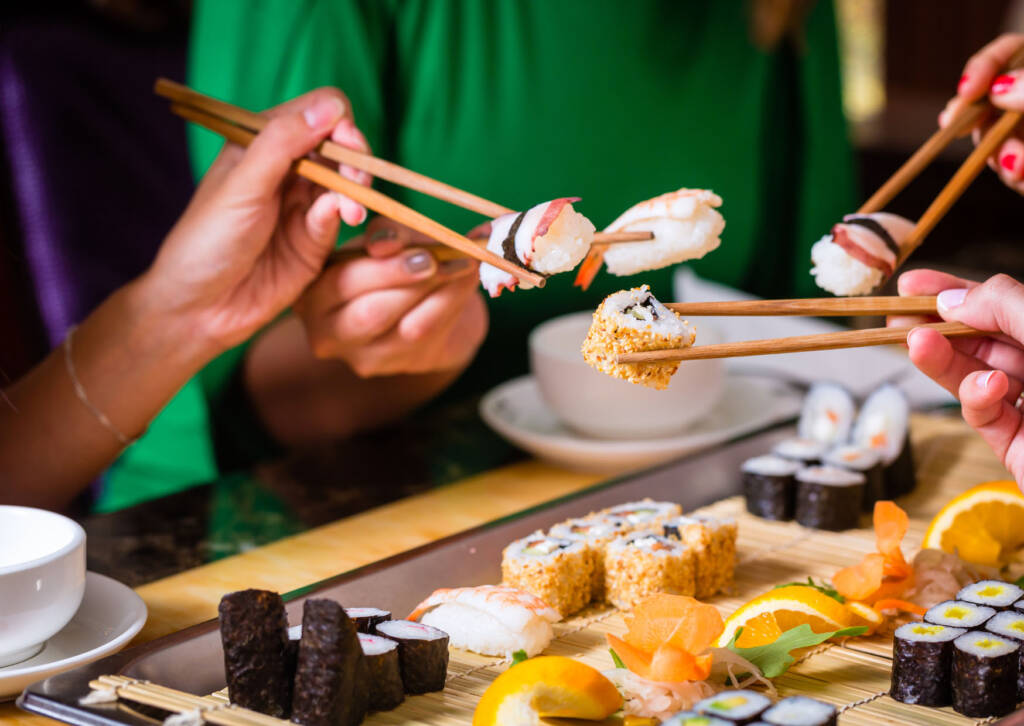
Have you ever wondered about the mysterious ingredients that make certain diets exceptionally healthy? One of such ingredient is 1-MNA, a molecule with fascinating properties. Although it may sound like a complicated chemical formula, it occurs naturally in certain foods that are key to our diet.
But what exactly is 1-MNA?
1-MNA is a naturally occurring substance in the human body. It is formed as a result of metabolic transformations of niacin. Niacin is involved in the synthesis of coenzymes NAD+ and NADP+, present in numerous cells and involved in a number of important processes in the body. With age, our body’s ability to convert niacin into 1-MNA decreases, and the amount of NAD+ coenzyme decreases.
This process begins after the age of 30. It has been confirmed that between the ages of 40 and 60, the level of NAD+ drops by up to 50%. This results in slower cell production and aging.
The discovery of 1-MNA was the result of several years of work carried out by scientists in many research centers around the world. Scientists from Poland, the United States, Germany, Switzerland, Spain, Sweden, Denmark, Japan, China, and Australia have conducted hundreds of studies on the 1-MNA molecule.

Where can we find 1-MNA in nature?
1-MNA is present in large quantities in Japanese cuisine, which is renowned for its incredible health benefits, including longevity. More centenarians (per capita) live on the Japanese island of Okinawa than anywhere else in the world. The residents of Okinawa very rarely suffer from civilization diseases such as cardiovascular diseases, atherosclerosis, or cancer. Scientists suggest that their lifestyle and traditional Japanese diet contribute significantly to their overall health and longevity. The basis of the Japanese diet consists of vegetables, whole grains (including brown rice), seaweed (Wakame, Kombu), and seafood, fish, and a small amount of meat. It is traditional to drink green tea after meals. The Japanese diet is moderately caloric, but with plenty of vegetables, seaweed and whole grain products it provides all the necessary nutrients.
Japanese diet

A key part of Japanese cuisine is seaweed, which has been known and used by the Japanese for centuries. Commonly consumed seaweeds include Wakame (Undaria pinnatifida), Nori (Pyropia tenera, Pyropia yezoensis), and Kombu (Laminaria japonica). Wakame, a type of brown algae, is the most popular.
Wakame usually grows a few meters deep underwater on hard substrate, and can reach lengths of up to 3 meters. It was originally found only off the coasts of Japan, China, and Korea, but today it can also be found in French, British, and Dutch waters. Wakame cultures form dense clusters and are harvested from July to January. Wakame is now farmed on a large scale.
Wakame is available commercially in dried form or in a special marinade. In Japanese stores, you can even buy Wakame chips with various flavors. Wakame has a slightly sweet taste. It is often added to soups (especially to traditional Miso-shiru soup) and appetizers, or served on its own in salads.
Wakame is valued not only for its distinctive taste but above all for its low caloric content. It contain many valuable minerals and vitamins, as well as 1-MNA.
Another important plant in the traditional Japanese diet is green tea. Although green tea originated in China, from where it made its way to rest of Asia, most of us associate it with Japan. For the Japanese, green tea is not only a fragrant and refreshing drink but also a source of physical and spiritual health. Brewing green tea is associated with a ritual that has been continued for centuries. Today, green tea is an integral part of Japanese cuisine and everyday life.
There are many types of green tea, which vary in aroma, color and taste, depending on how it is harvested and processed and where it was grown. Once harvested, green tea leaves are treated with hot steam to prevent them from fermenting. This preserves the specific qualities of the tea. Traditionally, tea leaves were pressed into cubes or grated into fine powder. Dry green tea leaves contain large amounts of polyphenols, as well as proteins, amino acids, carbohydrates, lipids, vitamins, and minerals. Green tea is also one of the few food products containing 1-MNA.
The Japanese have appreciated the beneficial properties of green tea for centuries. Today, we are only beginning to understand how it can affect our body. Scientists continue to explore the importance of green tea in maintaining health and reducing civilization diseases among Japanese and Asian people.


Another important plant in the traditional Japanese diet is green tea. Although green tea originated in China, from where it made its way to rest of Asia, most of us associate it with Japan. For the Japanese, green tea is not only a fragrant and refreshing drink but also a source of physical and spiritual health. Brewing green tea is associated with a ritual that has been continued for centuries. Today, green tea is an integral part of Japanese cuisine and everyday life.
There are many types of green tea, which vary in aroma, color and taste, depending on how it is harvested and processed and where it was grown. Once harvested, green tea leaves are treated with hot steam to prevent them from fermenting. This preserves the specific qualities of the tea. Traditionally, tea leaves were pressed into cubes or grated into fine powder. Dry green tea leaves contain large amounts of polyphenols, as well as proteins, amino acids, carbohydrates, lipids, vitamins, and minerals. Green tea is also one of the few food products containing 1-MNA.
The Japanese have appreciated the beneficial properties of green tea for centuries. Today, we are only beginning to understand how it can affect our body. Scientists continue to explore the importance of green tea in maintaining health and reducing civilization diseases among Japanese and Asian people.

Another distinctive element of the Japanese diet is natto, or fermented soy. Fermented soy provides the body with completely different nutrients than non-fermented soy. Natto is rich in probiotics, vitamins and minerals that support good health and overall immunity. Additionally, natto contains natural enzymes that can aid digestion and nutrient absorption. During fermentation, enzymes produced by beneficial bacteria and other microorganisms present in soy break down complex carbohydrates, making nutrients more easily absorbed by the body. Fermentation changes the form of minerals such as calcium, iron, magnesium, potassium, selenium, copper, and zinc, making them more bioavailable to the body.
The Japanese diet is renowned for being one of the healthiest in the world. However, it is worth remembering that this is not only related to the ingredients of meals but also to the culture of eating itself. The Japanese have a tradition of sitting at the table together. They celebrate meals and savor flavors with family, friends and acquaintances. They are also known for eating small portions to control their weight. Dishes are usually prepared using traditional, healthy methods, such as steaming or grilling fish and vegetables.

So why not take inspiration from Japanese customs?



